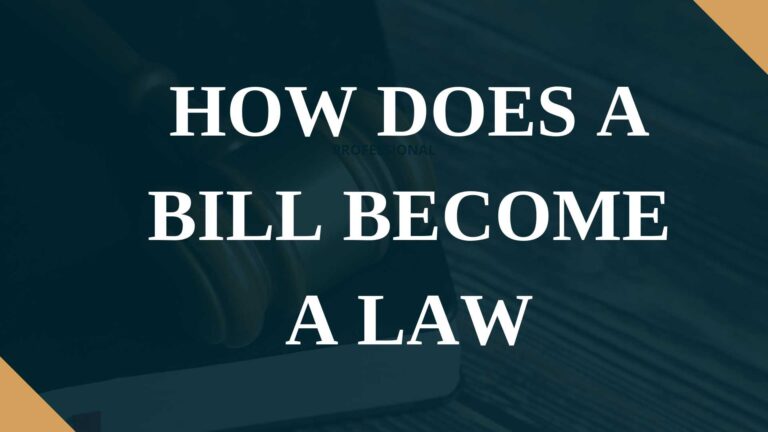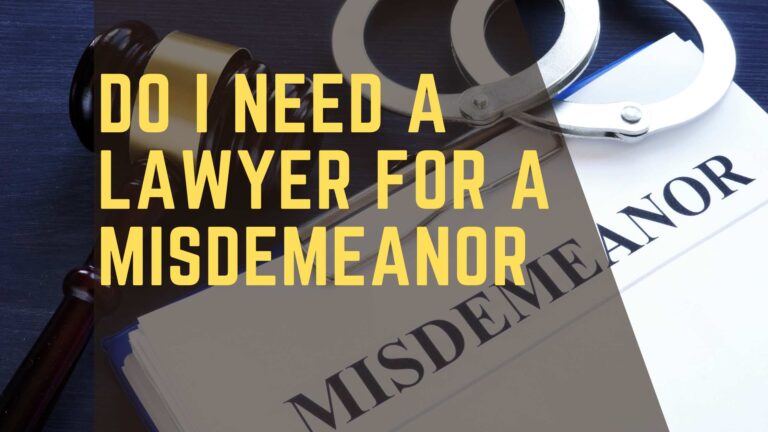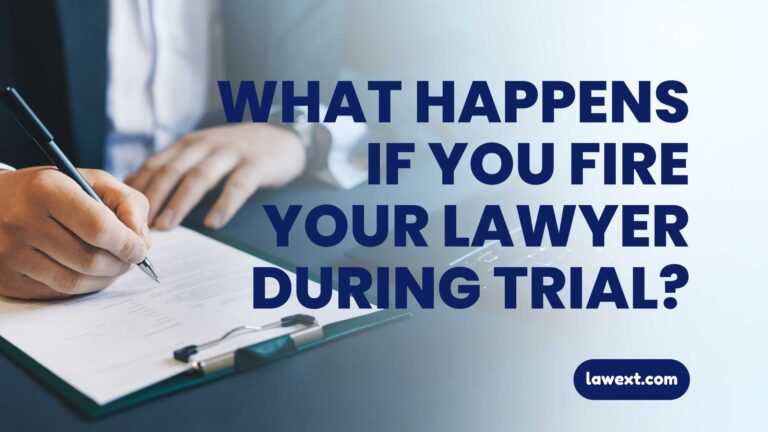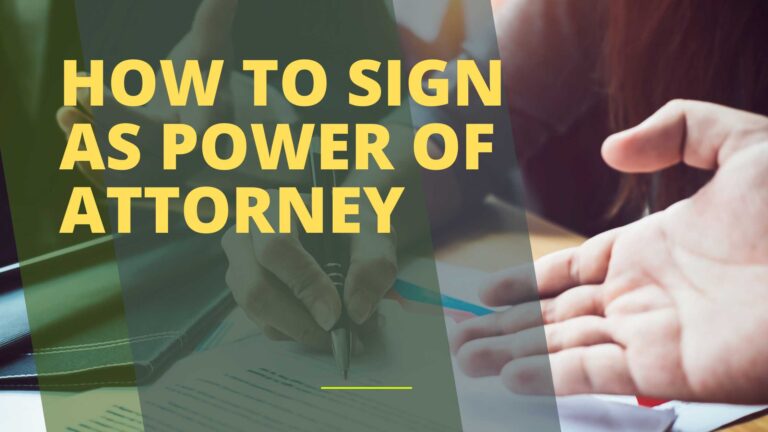What Happens After My Lawyer Sends a Demand Letter?
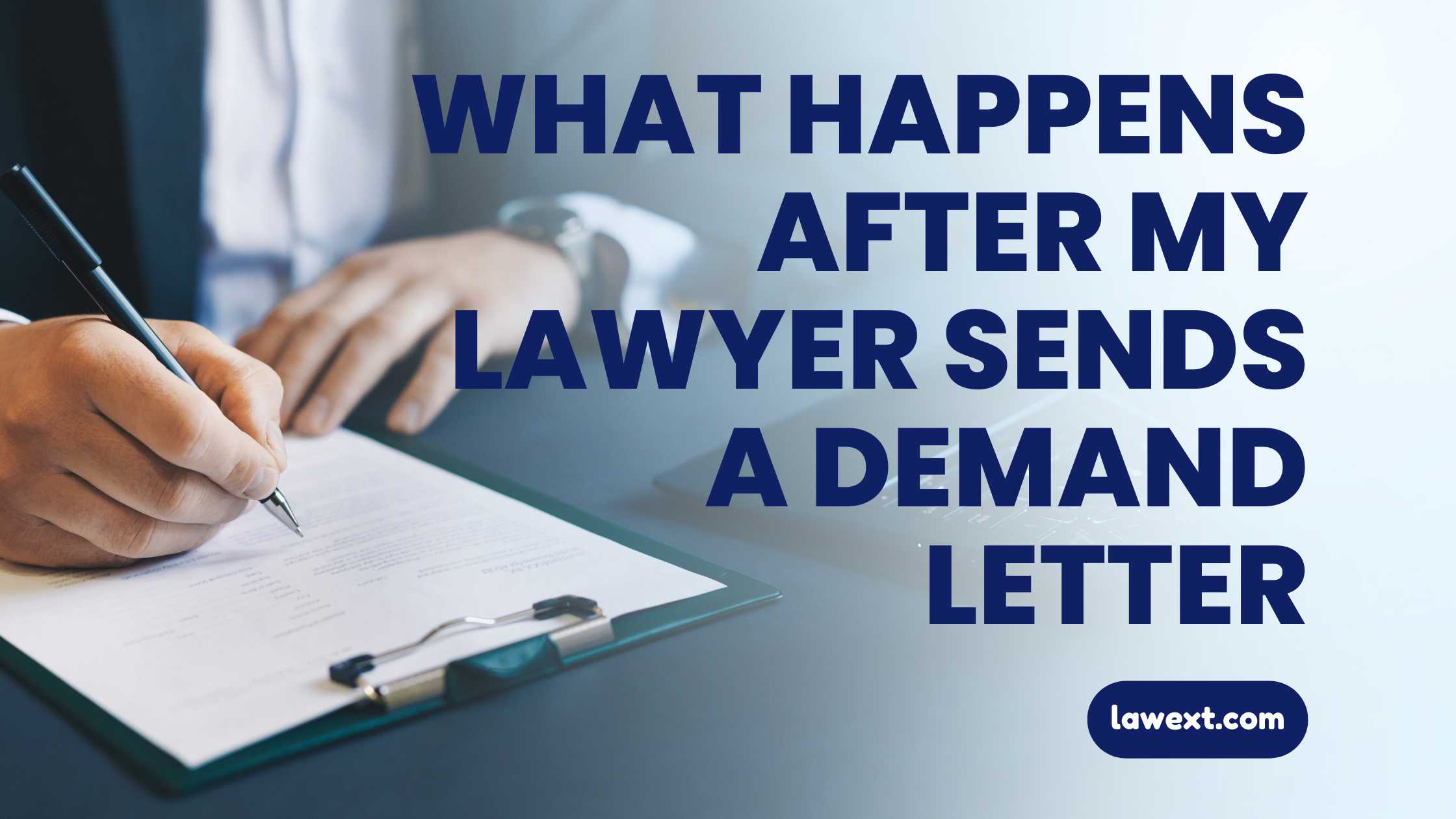
After your lawyer sends a demand letter, the next steps depend on the recipient’s response and the nature of the legal matter at hand.
Table of Contents
Negotiation Process
What Happens After My Lawyer Sends a Demand Letter? After your lawyer sends a demand letter, the negotiation process begins. Both parties engage in discussions to reach a mutually satisfactory resolution.
Initial Response From The Recipient
After your lawyer sends a demand letter to the recipient, the first step in the negotiation process is the initial response from the recipient. They will typically review the demand letter carefully and assess their options. The recipient may choose to respond in several ways, depending on the circumstances:
- Acceptance: In some cases, the recipient may accept the terms outlined in the demand letter and agree to fulfill the demands without any further negotiation.
- Rejection: On the other hand, the recipient may reject the demands of the letter outright, leading to potential escalation of the dispute.
- Clarification: The recipient may seek clarifications regarding the demands laid out in the letter. This could involve requesting additional information or documentation to better understand the basis for the claims.
- Partial acceptance: In certain situations, the recipient may partially accept the demands but propose modifications or adjustments to the terms proposed in the demand letter.
It’s important to note that the initial response sets the tone for the negotiation process and can vary depending on the recipient’s perspective, the nature of the dispute, and their willingness to engage in dialogue.
Counteroffer From The Recipient
Once the initial response from the recipient is received, the negotiation process enters a critical stage where a counteroffer from the recipient may be made. This counteroffer typically involves proposing alternative terms or conditions to the original demands outlined in the demand letter. The counteroffer is a key part of the negotiation process as it demonstrates the recipient’s willingness to find a middle ground and seek a mutually agreeable resolution.
The counteroffer may include various aspects, such as:
| Aspects of the Counteroffer |
|---|
| Proposed financial settlement |
| Suggested changes to contractual terms |
| Additional conditions or limitations |
Upon receiving the counteroffer from the recipient, your lawyer will review and assess its merits. They will carefully consider the proposed changes and evaluate whether they align with your interests and goals. Subsequently, your lawyer will develop a response strategy to navigate the negotiation process effectively.
The negotiation process continues as both parties exchange offers and engage in discussions to reach a mutually satisfactory resolution. This back-and-forth dialogue often requires negotiation skills, legal expertise, and a thorough understanding of the issues at hand.
Further Communication
Once your lawyer has sent a demand letter on your behalf, further communication is likely to ensue. This phase is crucial as it sets the tone for potential negotiations and the next steps in the legal process.
Additional Information Requested
If the recipient of the demand letter requires additional information to evaluate the claim, they may request it at this stage. This could include documents, evidence, or any supporting details that clarify the situation further.
Clarification Of The Demands
It is common for the recipient to seek clarification on the demands outlined in the letter. They might have questions or require more specifics regarding the proposed resolution. This is an opportunity for both parties to ensure clear understanding and alignment on the issues at hand.
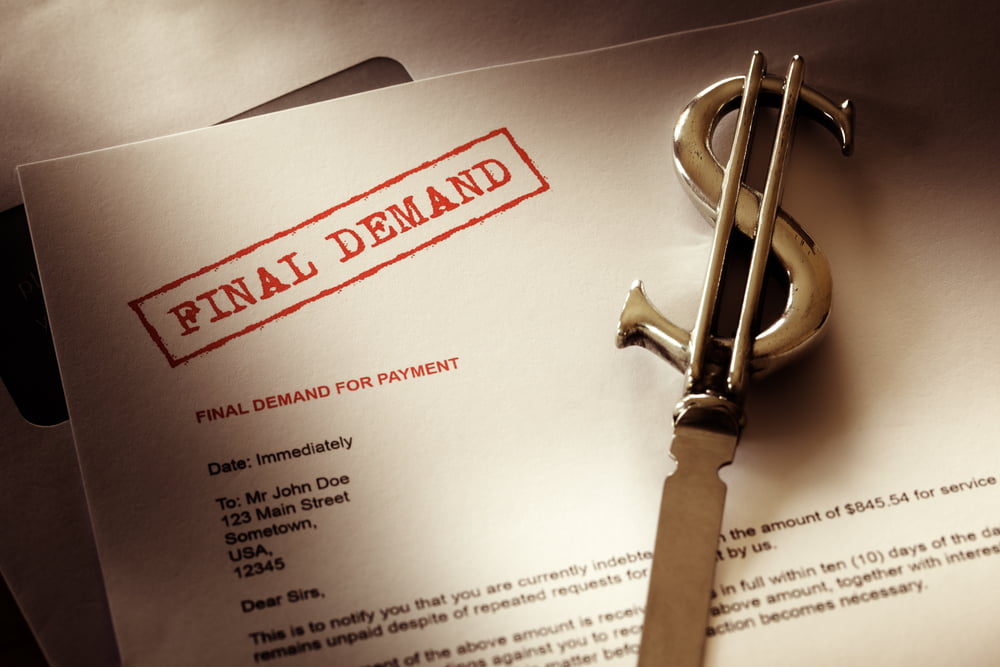
Settlement Discussions
Once your lawyer sends a demand letter on your behalf, the next step in the legal process is engaging in settlement discussions. These discussions are aimed at resolving the dispute without the need for a lengthy and costly court battle.
Exploring Potential Resolutions
During settlement discussions, both parties will explore potential resolutions to the dispute. This phase involves a thorough examination of the issues at hand, considering the interests and expectations of each party.
To facilitate a fair and favorable settlement, it is crucial to approach these discussions with an open mind. This means being willing to consider a range of options and thinking creatively to find a resolution that meets the needs of all parties involved.
Negotiating The Settlement Terms
Once potential resolutions have been identified, the next step is to start negotiating the settlement terms. This involves a back-and-forth process where both parties present their proposals and counteroffers in an attempt to reach a mutually acceptable agreement.
During these negotiations, it is important to maintain clear and open lines of communication. Both parties should express their needs and concerns in a respectful manner, while also being receptive to the other party’s perspective.
Additionally, it may be beneficial to engage in alternative dispute resolution methods, such as mediation or arbitration, to facilitate the negotiation process. These methods involve the assistance of a neutral third-party who can help guide and facilitate the discussions.
Throughout the negotiations, your lawyer will play a crucial role in advocating for your interests and protecting your legal rights. They will carefully review any settlement offers and advise you on whether they are fair and reasonable given the circumstances of your case.
Once the settlement terms have been agreed upon, it is essential to have them documented in a legally binding settlement agreement. This agreement will outline the terms of the settlement, including any monetary compensation or specific actions required by either party.
By engaging in settlement discussions and negotiating the settlement terms, you have the opportunity to reach a resolution that avoids the time, expense, and uncertainty associated with going to court. The ability to resolve a legal dispute through settlement can provide a quicker and more satisfactory outcome for all parties involved.
Alternative Dispute Resolution
Alternative Dispute Resolution (ADR) is a process that can be explored after your lawyer sends a demand letter. ADR methods provide an opportunity for the parties involved in a legal dispute to resolve their differences outside of court.
Mediation
Mediation is a voluntary and informal ADR method in which a neutral third party, known as a mediator, facilitates communication and negotiation between the parties. The goal is to help the parties reach a mutually satisfactory resolution.
During the mediation process, each party has the opportunity to present their perspectives and concerns. The mediator acts as a mediator to guide the conversation and help the parties understand each other’s viewpoints.
- The mediator’s role is to facilitate communication and ensure a fair and balanced discussion.
- Parties have the opportunity to explore creative solutions that may not be available in court.
- Mediation is confidential, and the discussions that occur during mediation cannot be used as evidence in court proceedings.
- If an agreement is reached, it is typically documented in a written settlement agreement signed by all parties.
Arbitration
Arbitration is a more formal ADR method in which a neutral third party, known as an arbitrator, decides the outcome of the dispute. The arbitrator acts as a judge and renders a legally binding decision, which is typically referred to as an arbitration award.
Arbitration proceedings are less formal than a court trial but more structured than mediation. The parties present their cases to the arbitrator, who listens to the evidence and arguments presented by both sides.
- Arbitration provides a faster and more cost-effective resolution compared to litigation.
- The arbitrator’s decision is final and legally binding, with limited rights for either party to appeal.
- Arbitration can be binding or non-binding, depending on the agreement between the parties.
- Parties have more control over the process and can choose the arbitrator based on their expertise in the relevant area of law.
Considering alternative dispute resolution methods like mediation and arbitration can help you avoid the time and expense associated with taking a legal dispute to court. Discussing these options with your lawyer can help you make an informed decision about the best course of action to resolve your legal matter.
Litigation
After your lawyer sends a demand letter, the next step in the legal process is to consider litigation. This is the formal process of taking legal action against the opposing party to seek a resolution through the court system.
Filing A Lawsuit
When filing a lawsuit, your lawyer will prepare and submit a formal complaint to the court outlining the details of your case, including the legal basis for your claim, the relief sought, and the reasons for the dispute.
Preparing For Court
Once the lawsuit is filed, both parties will engage in a process known as discovery, where evidence is exchanged, and witness testimonies may be gathered. Your lawyer will work diligently to gather and organize all relevant information to present a strong case in court.
Conclusion
Receiving a demand letter from your lawyer can lead to various outcomes. It signals your readiness to pursue legal action while giving the recipient a chance to address the issue. Understanding the next steps after the demand letter can help you navigate the legal process more effectively.
Stay proactive and seek legal counsel when needed to achieve favorable solutions.
Amelia Justiceberg, a distinguished legal luminary, thrives on the intersection of empathy and legal acumen. As a prominent family law attorney, she orchestrates compassionate resolutions amidst complex dynamics. Justiceberg's courtroom finesse and dedication to fairness define her practice. Beyond litigation, she ardently advocates for social justice, solidifying her reputation as an influential force in the legal landscape.



